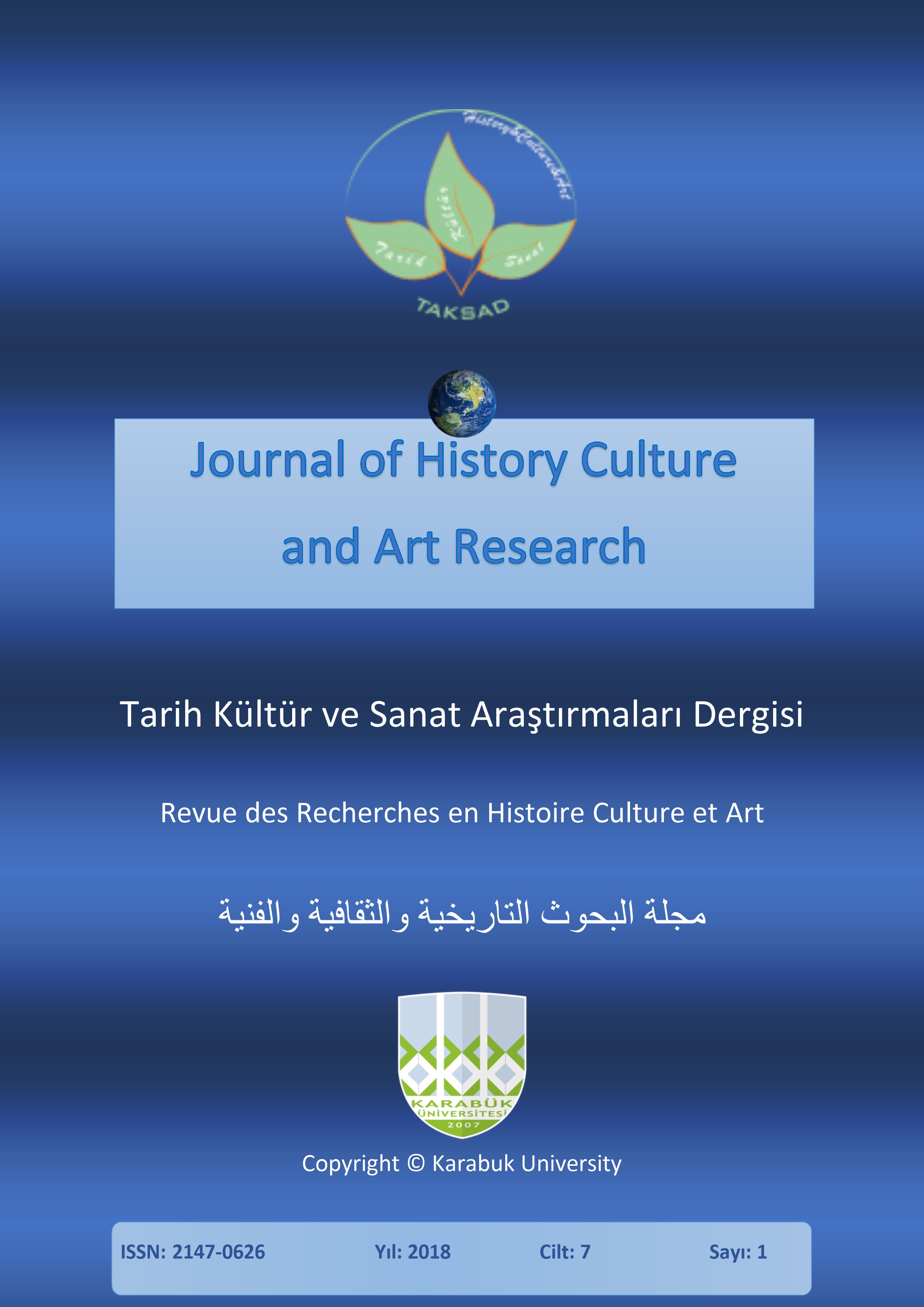Cultural and Mathematical Meanings of Regular Octagons in Mesopotamia: Examining Islamic Art Designs
DOI:
https://doi.org/10.7596/taksad.v7i1.1354Keywords:
Islamic art design, Metric algebra, Regular octagon, Kharaqan towers, Inanna.Abstract
The most common regular polygon in Islamic art design is the octagon. Historical evidence of the use of an 8-star polygon and an 8-fold rosette dates back to Jemdet Nasr (3100-2900 B.C.) in Mesopotamia. Additionally, in ancient Egypt, octagons can be found in mathematical problem (Ahmose papyrus, Problem number 48), household goods (papyrus storage), architecture (granite columns) and decorations (palace decorations). The regular octagon which is a fundamentally important element of Islamic art design, is widely used as arithmetic objects in metric algebra along with other regular polygons in Mesopotamia. The 8-point star polygon has long been a symbol of the ancient Sumerian goddess Inanna and her East Semitic counterpart Ishtar. During the Neo-Assyrian period, the 8-fold rosette occasionally replaced the star as the symbol of Ishtar. In this paper, we discuss how octagonal design prevailed in the Islamic region since the late ninth century, and has existed in Mesopotamia from Jemdet Nasr to the end of third century B.C. We describe reasons why the geometric pattern of regular polygons, including regular octagons, developed in the Islamic world. Furthermore, we also discuss mathematical meanings of regular polygons.
References
Abdullahi, Y. & Embi, M. (2013). Evolution of Islamic geometric patterns, Frontiers of Architectural Research 2, 243-251.
Allen, J. (2013). Drawing geometry; Fourth edition, Edinburgh: Floris Books.
Bernal, M. (2002). Black Athena, Vol II; Fifth edition, New Jersey: Rutgers University Press.
Black, J. & Green, A. (2014). Gods, demons and symbols of ancient Mesopotamia; Eighth Edition, Texas: University of Texas Press.
Campbell, J. (2013). Goddess; First Edition, California: New World Library.
Chace, A. (1979). The Rhind mathematical papyrus; Photo-offset Edition, Virginia: NCTM.
Chorbachi, W. (1989). In the tower of babel: Beyond symmetry in Islamic design, Computers Math. Applic 17(4-6), 751-789.
Collins, P. (1994). The Sumerian goddess Inanna (3400-2200 B.C.), Institute of Archaeology 5, 103-118.
Critchlow, K. (1999). Islamic patterns; U.S. Edition, Vermont: Inner Traditions.
Cromwell, P. & Beltrami, E. (2011). The whirling kites of Isfahan: Geometric variations on a theme, The Mathematical Intelligence 33(3), 84-93.
Diop, C. A. (1981). Civilization or barbarism: An authentic anthropology; translation by Y. M. Ngemi, First Edition, Illinois: Lawrence Hill Books.
Dummit, D. & Foote, R. (2004). Abstract algebra; Third Edition, New Jersey: John Wiley & Sons.
El-Said, I. & Parman, A. (1976). Geometric concepts in Islamic art; First Edition, London: World of Islam Festival Publishing Company.
Friberg, J. (2005). Unexpected links between Egyptian and Babylonian mathematics; First Edition, Singapore: World Scientific Publishing Company.
Friberg, J. (2007a). Amazing traces of a Babylonian origin in Greek Mathematics; First Edition, Singapore: World Scientific Publishing Company.
Friberg, J. (2007b). A remarkable collection of Babylonian mathematical texts; First Edition, New Nork: Springer.
Gillings, R. (1975). Mathematics in the time of the pharaohs; Second Edition, Massachusetts: MIT Press.
Huber, P. (1955). Zu einem mathematischen Keilschrifttext (VAT 8512), Isis 46(2), 104-106.
Katz, V. (2009). A history of mathematics; Third Edition, New York: Addison-Wesley.
Karpinski, L. (1915). Robert of Chester’s Latin translation of the algebra of Al-Khowarizmi, First Edition, London: The MacMillian Company.
Lewis, B. (ed.). (2002). The world of Islam; Second Edition, New York: Thames & Hudson.
Makovicky, E. (1986). Symmetrology of art: Coloured and generalized symmetries, Comp. & Maths. with Appls. 12B, 949-980.
Martin, G. (1982). Transformation geometry; First Edition, New York: Springer.
Necipoğlu, G. (1995). The Topkapi scroll-Geometry and ornament in Islamic architecture; First Edition, Santa Monica: Getty Center.
Neugebauer, O. (1957). The exact sciences in antiquity; Second Edition, New York: Dover.
Ossendrijver, M. (2016). Ancient Babylonian astronomers calculated Jupiter’s position from the area under a time-velocity graph, Science 351(6272), 482-484.
Özdural, A. (1995). Mathematicians, and “Conversazioni” with artisans, J. of the Soc. of Architectural Historians 54(1), 54-71.
Özdural, A. (2000). Mathematics and art: Connections between theory and practice in the medieval Islamic world, Historia Mathematica 27, 171-201.
Park, J. & Kim, S. (2017). Islamic art designs: Focused on the Uzbekistan ceramic penal and sidewalk block designs, J. Korean Association of Islamic Studies 27(2), 31-60.
Robson, E. (2008). Mathematics in ancient Iraq; First Edition, New Jersey: Princeton Univ. Press.
Sandas, N. (1972). The epic of Gilgamesh; Third Edition, New York: Penguin Books.
Scarre, C. & Fagan, B. (1997). Ancient civilizations; Third Edition, New Jersey: Pearson.
The Holy Quran, Chapter 69, verse 17 (69:17)
Wolkstein, D. & Kramer, S. (1983). Inanna: Queen of heaven and earth; First Edition, New York: Harper & Row.
Downloads
Published
How to Cite
Issue
Section
License
All papers licensed under Creative Commons 4.0 CC-BY.- Share — copy and redistribute the material in any medium or format
- Adapt — remix, transform, and build upon the material for any purpose, even commercially.
Under the following terms:
Attribution — You must give appropriate credit, provide a link to the license, and indicate if changes were made. You may do so in any reasonable manner, but not in any way that suggests the licensor endorses you or your use.
- No additional restrictions — You may not apply legal terms or technological measures that legally restrict others from doing anything the license permits.







